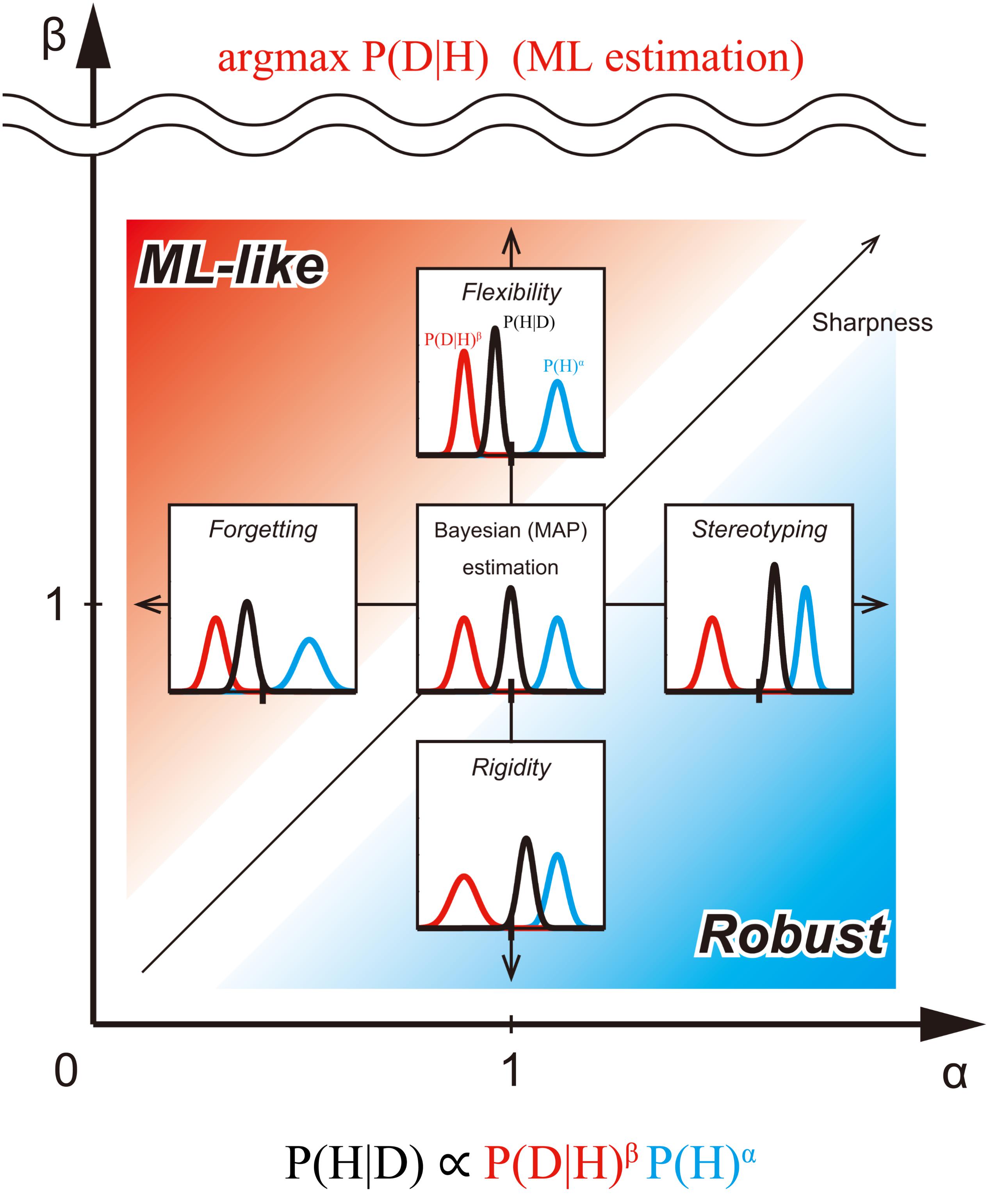This question is about whether we can treat a weighted likelihood as a likelihood inside Bayes' rule.
Let $\theta$ be a parameter and let $x$ be some observed random variable. Given a prior over $\theta$ and a likelihood function of observing $x$ under $\theta$ (both satisfying certain regularity), we may evaluate the posterior probability density over $\theta$ evaluated at $\theta_0$. Bayes' rule may be expressed as $$p(\theta_0 \mid x) \propto p(x \mid \theta_0) p(\theta_0),$$ where $\propto$ hides a certain normalising constant $p(x) = \int p(x \mid \theta) p(\theta) \, d\theta$. The normalising constant does not depend on $\theta_0$, and so for some purposes can be ignored. For example, calculation of the MAP $\theta^\ast = \text{argmax}_{\theta_0} p(\theta_0 \mid x)$ does not require knowledge of the normalising constant.
Let $w_i>0$ denote some weight and define the weighted likelihood $q_i(x_i \mid \theta_0) = p(x_i \mid\theta_0)^{w_i}$. Define the "weighted posterior" $$ q(\theta_0 \mid x) \propto \prod_{i=1}^n q_i(x_i \mid \theta_0)p(\theta_0).$$
Does the weighted posterior have an interpretation as a true posterior, after appropriate redefinition of the likelihood? Can we also ignore the normalising constant for the purposes of MAP estimation? What about for other purposes e.g. sampling from the "posterior"?

